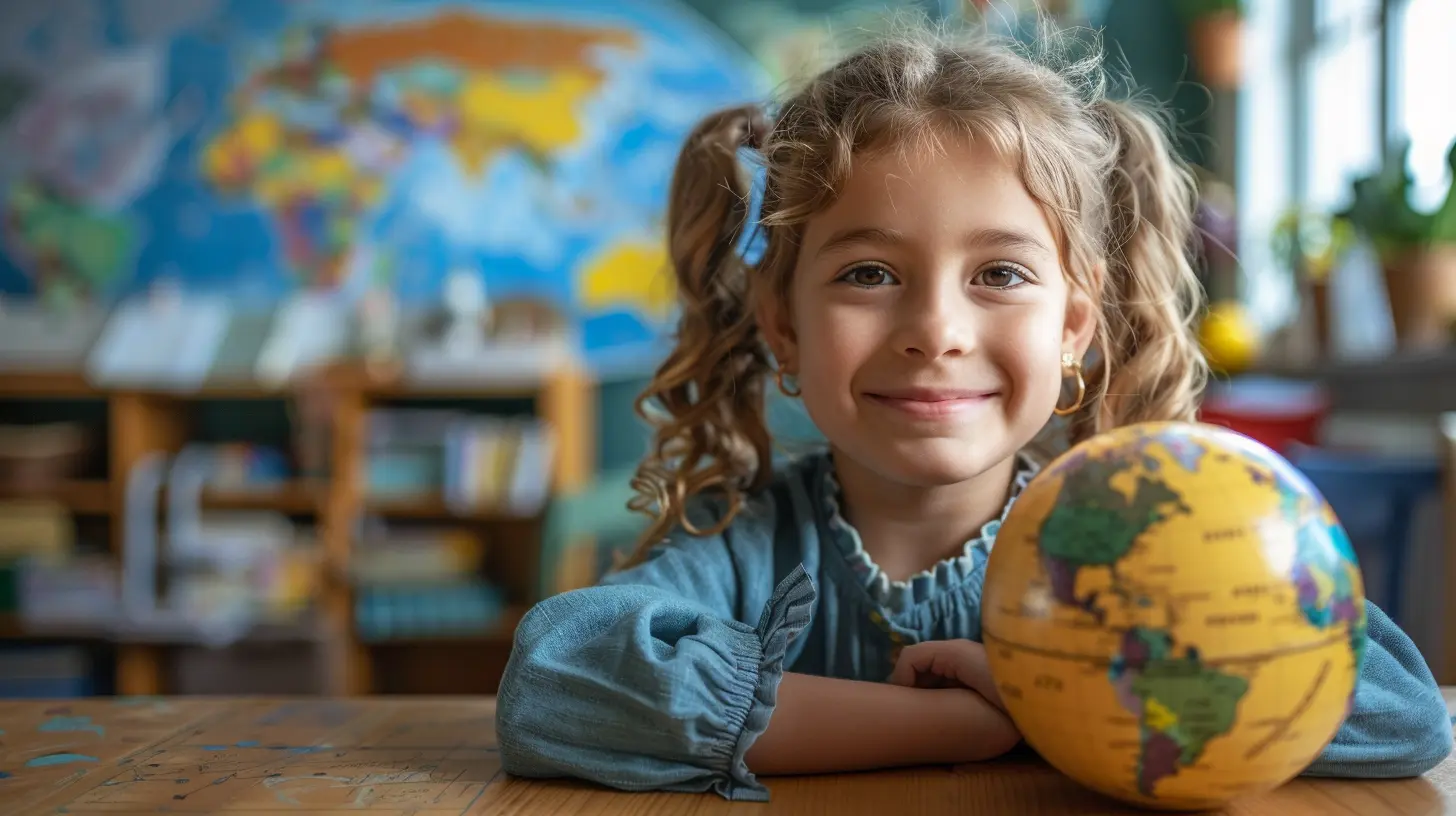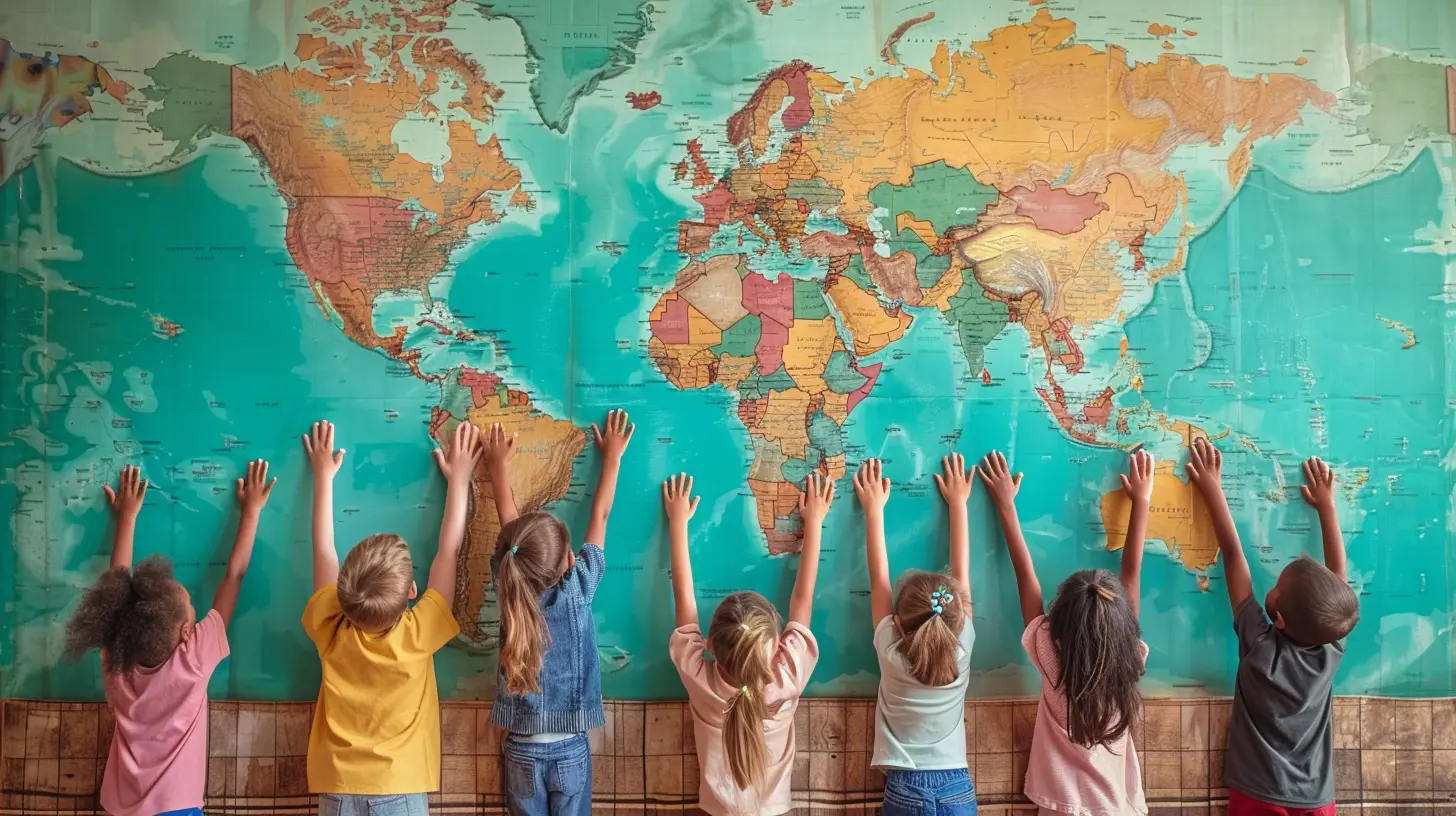Culturally Responsive Lesson Plans for a Global Classroom
22 August 2025
Alright, let's be real—teaching in today’s world isn’t just about textbooks, tests, and the occasional PowerPoint snooze-fest. If you're not considering the cultural diversity of your students, you're seriously missing out. Our classrooms are global, and our lesson plans should be too! Let’s talk about how to spice up that curriculum and make learning relevant, engaging, and, dare I say, fun for students from every cultural background.

What Is a Culturally Responsive Lesson Plan?
A culturally responsive lesson plan isn’t just about throwing in a few international holidays and calling it a day. Nope. It’s about recognizing and valuing the diverse backgrounds of your students, integrating their experiences into everyday learning, and making sure every single student feels seen, heard, and valued.Think of it like cooking a dish for a dinner party. Would you make the same meal for a group of people with different tastes, dietary restrictions, and cultural preferences? Probably not. You’d mix things up, add flavors that resonate with different guests, and make sure everyone leaves the table satisfied. That’s exactly what culturally responsive teaching does for learning!

Why You Need Culturally Responsive Teaching
Still not convinced? Here’s why culturally responsive lesson plans aren’t just a nice-to-have, but a must-have:- Boosts Student Engagement – When students see themselves in the curriculum, they’re more likely to pay attention and participate. No more blank stares!
- Encourages Critical Thinking – A diverse perspective helps students question assumptions and think outside the box.
- Prepares Students for a Global Future – We don’t live in a bubble. The more students understand different cultures, the better prepared they are for real-world success.
- Reduces Classroom Bias – It challenges stereotypes and fosters a more inclusive, respectful learning environment.
Now that we’re all on the same page about how important this is, let’s get into the nitty-gritty of how to create lessons that actually work.

How to Design Culturally Responsive Lesson Plans
Designing lessons that embrace diversity isn’t rocket science, but it does take thought and effort. Here’s your game plan:1. Know Your Students (Like, Really Know Them)
Before you can create lessons that resonate, you first need to understand who’s sitting in those desks. Ask yourself:- Where do my students come from?
- What languages do they speak?
- What traditions, customs, or histories shape their perspectives?
- What challenges or biases might they face in the classroom?
Take the time to ask them about their backgrounds and experiences. A simple questionnaire at the beginning of the school year can work wonders.
2. Incorporate Diverse Perspectives in Every Subject
No, diversity in education isn’t just about history or social studies. You can (and should) integrate cultural inclusivity across all subjects, including:- Math: Use real-world problems based on different cultures (e.g., calculate the dimensions of ancient Mayan pyramids).
- Science: Highlight contributions from scientists of diverse backgrounds, not just the usual Eurocentric figures.
- Literature: Ditch the same old classics and introduce books from authors around the world.
- Art & Music: Explore different artistic styles, instruments, and creative traditions from various cultures.
3. Break Away From the “Single Story”
Ever heard of the “single story” problem? It happens when we only hear one perspective about a culture—often a simplified or stereotypical version. For example, reducing African history to just colonization and struggle ignores the rich civilizations, innovations, and contributions that shaped the world.Your lesson plans need to go beyond tokenism. Instead of just mentioning one aspect of a culture, provide multiple perspectives and narratives.
4. Use Culturally Relevant Teaching Strategies
Let’s face it—traditional teaching methods don’t work for every student. Try these strategies to meet diverse learners where they are:- Storytelling: Many cultures pass knowledge through oral traditions. Use stories, folktales, and narratives to teach complex concepts.
- Cooperative Learning: Group work allows students from different backgrounds to collaborate and learn from each other.
- Code-Switching: Allow students to use their native language when brainstorming or discussing ideas before transitioning to academic English.
- Real-World Connections: Relate lessons to students' personal experiences, making knowledge feel more tangible and practical.
5. Choose Materials That Reflect a Multicultural World
Let’s be honest: Most traditional textbooks are outdated and seriously lacking in diversity. Supplement them with:- Books written by authors from diverse backgrounds
- Documentaries, podcasts, and interviews with people from different cultures
- Guest speakers from various professions and communities
- Virtual field trips to museums, cultural events, and historical sites around the world
6. Celebrate Cultural Differences—Without Stereotyping
No, appreciating diversity isn’t just about celebrating Cinco de Mayo or Chinese New Year once a year and calling it a day. It’s about consistent integration of cultural awareness into daily lessons.Instead of a “culture day,” aim for an inclusive approach where cultural perspectives are woven into the curriculum all year long.
7. Encourage Open Discussions & Critical Thinking
Don’t shy away from the tough conversations. Talk about racism, discrimination, and historical injustices in age-appropriate ways that encourage dialogue rather than division. Encourage students to ask questions and think critically about the world around them.
Challenges & How to Overcome Them
Of course, no good thing comes without its challenges, and culturally responsive teaching is no exception. Here are some common roadblocks and how to navigate them like a pro:- Pushback from Parents or Administration – Some people might argue that culturally responsive teaching is unnecessary or “too political.” Educate them on how this approach improves student learning and fosters inclusion.
- Lack of Resources – If your school doesn’t provide diverse materials, get creative! Use free online resources, invite local community members, and build your own database of multicultural content.
- Implicit Bias – We all have biases, whether we realize it or not. Stay aware of yours, challenge assumptions, and continually educate yourself.
Final Thoughts—Let’s Build a Truly Global Classroom
Teaching is more than just delivering information—it’s about shaping future global citizens. And let’s be real: The world isn’t a one-size-fits-all place, so why should education be?By designing culturally responsive lesson plans, you’re not just making learning more fun and engaging—you’re giving your students the tools they need to thrive in an increasingly interconnected world. Isn’t that the whole point of education in the first place?
So, are you ready to ditch outdated, one-dimensional lesson plans and create a classroom where every student feels empowered? Let’s make it happen!
all images in this post were generated using AI tools
Category:
Lesson PlansAuthor:

Eva Barker
Discussion
rate this article
1 comments
Pearl McIlwain
Essential for inclusive education.
September 9, 2025 at 10:27 AM

Eva Barker
Thank you! Inclusivity is vital for fostering a rich learning environment in diverse classrooms.


